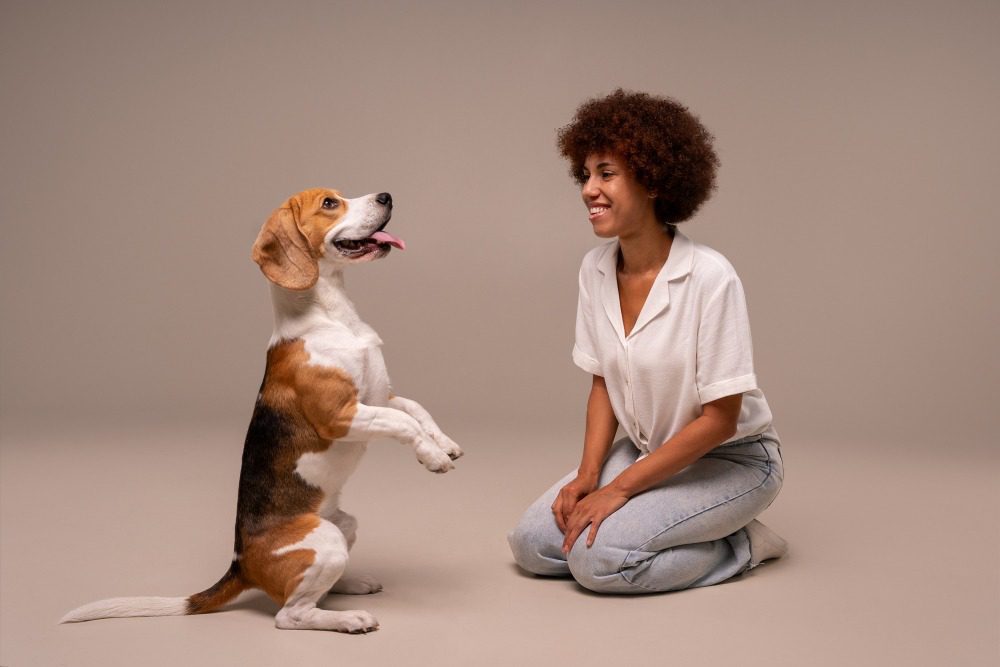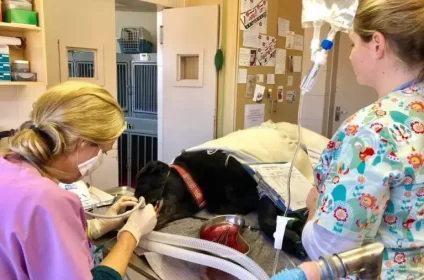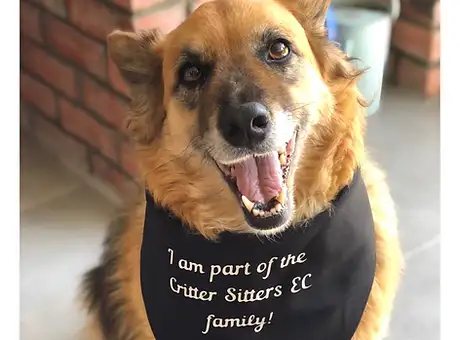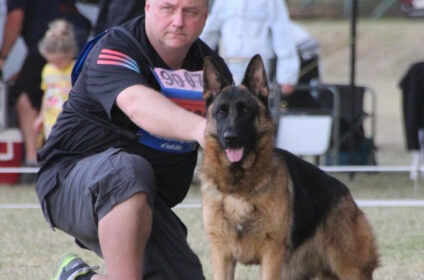When it comes to our furry companions, the art of communication goes far beyond the spoken word. For dog and cat owners, interpreting their pets’ body language is a crucial skill in understanding their emotions and intentions. In this article, we delve into the fascinating world of canine and feline body language, shedding light on the subtle cues that our pets use to express themselves.
Interpreting Canine Body Language: Exploring the Various Ways Dogs Communicate
Dogs are renowned for their loyalty and companionship, and much of their communication is non-verbal. Here are some key aspects of interpreting canine body language:
- Tail Wagging: While tail wagging is often associated with happiness, it can signify a range of emotions. A relaxed, wide wag may indicate joy, while a stiff, slow wag might suggest caution or unease.
- Ears: Pay attention to your dog’s ear position. Erect ears suggest alertness, while flattened ears can indicate fear or submission.
- Eye Contact: Direct eye contact can be seen as a challenge in the canine world, while averted eyes may signal submission or discomfort.
- Posture: A confident, upright stance suggests a dog feels dominant or assertive, while a lowered body or tucked tail typically signifies submission or fear.
- Mouth and Lips: Baring teeth is a clear sign of aggression, while a relaxed, slightly open mouth is a sign of contentment.




















Comments - 1
Georgia Macleod
As someone still navigating this field, I find your posts really helpful. My site is QH5 and I’d be happy to have some experts about Thai-Massage like you check it and provide some feedback.